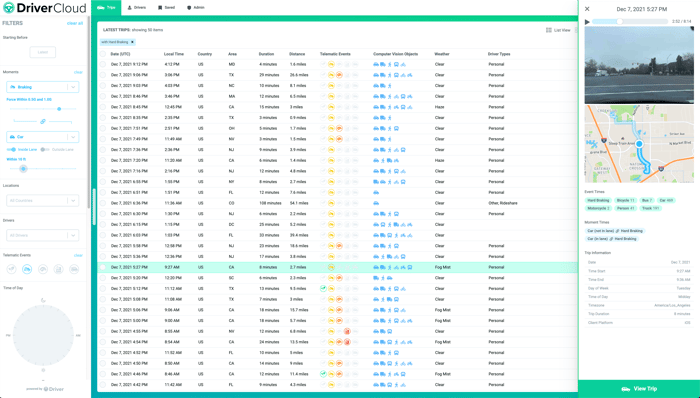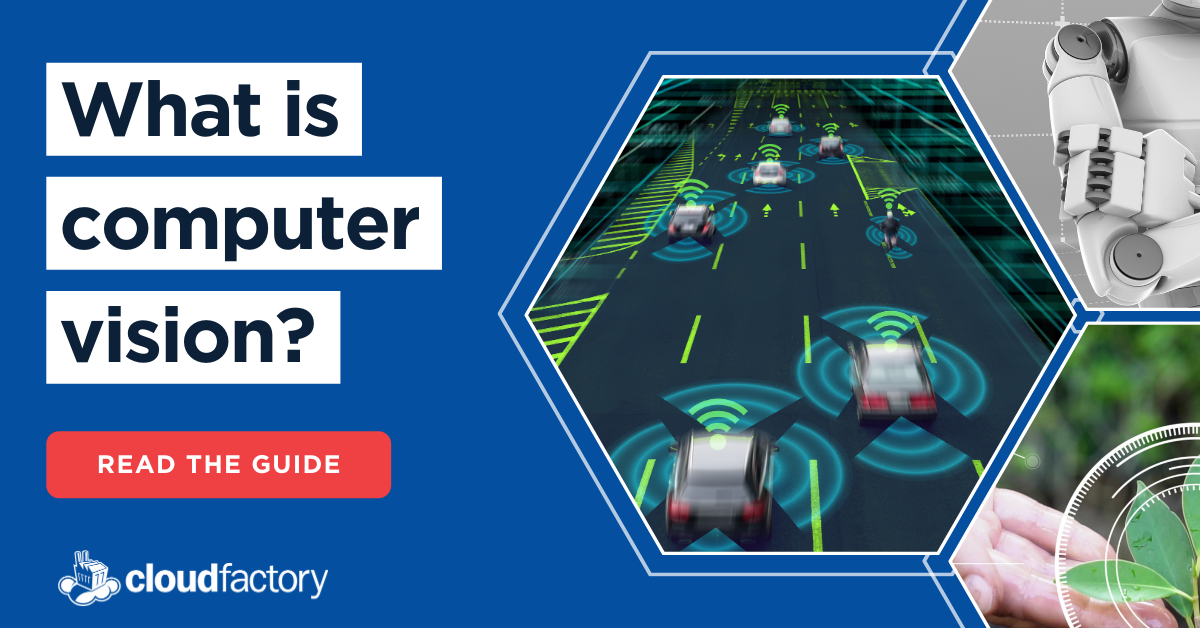
Across the world, more than 1.3 million people die in car accidents, and over 50 million people are seriously injured every year. That’s nearly 4,000 people each day. Drivers in developing nations are most at risk. Only 54% of the world’s motor vehicles are in developing countries, but 90% of the world’s fatal car accidents occur in those countries. Even within the wealthiest countries vehicle-related injury and death is directly correlated to personal and neighborhood incomes.
Vehicle manufacturers across the globe have developed technology like crash avoidance alert systems and self-driving features to reduce car accidents, but those solutions aren’t available or affordable for most drivers.
There is a better solution. Lifelong friends Rashid Galadanci and Marcus Newbury co-founded Driver Technologies, a software company that built a free, AI-powered mobile app to help reduce car accidents while gathering critical road data from around the world to help expedite the development of production-ready, global and inclusive vehicle technology. It’s called Driver.
What is Driver?
Driver is a dashcam app that’s available worldwide on iOS and Android phones. Individuals, rideshare, delivery, and commercial drivers can use the app for GPS navigation, trip recording, route tracking, earning car insurance discounts, and of course, AI-driven collision alerts.
“The thing that causes an accident is not my inability to press on the brake,” Rashid said. “It’s actually that I just don’t know that I need to press on the brake.”
Rashid said drivers are often drowsy, distracted, or just not looking at the right spot on the road when something jumps out in front of them. Their goal was to build a dashcam app that offered the core features you get with an advanced driver assistance system (ADAS) or a self-driving car.
Most new cars, even if they aren’t autonomous, have some form of collision detection. However, they’re often limited in range or types of objects detected (e.g. just vehicles) whereas the Driver app is increasingly able to warn users of impending risks from pedestrians, cyclists, vehicles, stop lights/signs and soon, animals.
One study from the Insurance Institute for Highway Safety (IIHS) found a 27 percent decrease in front-to-rear crashes with injuries from cars with forward collision warning. The problem, for most people, is that these features don’t come cheap.
Driver provides equal access to helpful safety features, potentially saving millions of lives.
Protecting User Privacy
As the Driver team collects a mountain of valuable data about the world’s roads, they are focused on privacy. Rashid says they want users to understand their personal information is never shared, and by using the app, users are contributing to technology that’s going to save lives.
“We want people to understand that they’re heroes.” Rashid said. “They’re contributing anonymous road and vehicle movement data in a way that makes the service free for them, and none of it is personal data. What we’re interested in is data about the road, about how people drive, and about things outside your car.”
The app intermittently collects photos while in use and Driver diligently protects personally identifiable information (PII) by randomizing trips, eliminating start and end destination data, obfuscating faces and license plates, and grouping the data into randomized buckets.
DriverCloud: Sharing the Road to AI Innovation
Rashid and Marcus want to do more than protect the drivers that use their mobile app. They want to help the developers creating autonomous vehicle (AV), insurance telematics, and ADAS protect their drivers too.
“Yes, we democratize car safety by bridging the gap and allowing someone who doesn’t have access to a new vehicle the same safety standards as someone who does have that new vehicle using their cell phone,” Marcus said, “But we also want these new autonomous vehicles to get better.”
Even the latest advanced driver-assistance systems on the market today still have a long way to go. According to an AAA study completed, level 2 ADAS systems have “some type of issue every 8 miles.”
While automotive developers are typically constrained by the data their network of vehicles collect, Driver was downloaded in 117 countries in 2019. They are able to collect data on a snowy day in New York City, during a sandstorm in the Middle East, and in many other kinds of conditions in hundreds of other locations that most OEMs can’t easily access.
Driver collects user data from across the globe and applies annotations to help identify behaviors, environments, and other motorists.
DriverCloud’s anonymized user data helps developers train computer vision systems to recognize roads, traffic signs, edge cases, and more from around the globe - allowing models to “see” things that their test vehicles or telematics-only mobile apps might never encounter. Traffic lights, for example, are not the same shade or shape in other countries as they are in the U.S. Same goes for stop signs.
“You can train the technology to think the right things, but if you don’t have the right data inputs it won’t know what it’s looking at,” Rashid Galadanci said. “When CloudFactory came along, it really jumped out to us as a way to scale data labeling.”
Driver uses the annotated data in two ways. First, they refine and refresh the accident avoidance machine learning models in their own app and platform. Second, they store the data in DriverCloud and make it available to other AI innovators and educators. It will be freely available for educational use and very low cost for startups. The database is searchable and companies can simply subscribe to search, filter and download batches of data to train their ML models. Custom datasets and enterprise-level commercial use is also available upon request. Anyone interested can fill out the form on this page or email Marcus directly: Marcus@DriverTechnologies.com.
Rashid and Marcus are passionate about providing high-quality, diverse data to those who can use it to make the world a safer and smarter place. Innovation in the automotive industry can be challenging due to funding, legislation, safety, and data collection issues. They hope this database makes data acquisition one less hurdle for innovators.

The DriverCloud database can be filtered to display roadways with people, specific vehicles, or speeding during specific months or times of day.
Collaborating with CloudFactory
Rashid learned about CloudFactory as an investor at the impact investing fund, The Social Entrepreneurs’ Fund. A few years later, he turned his passions for AI, Data, automotive and impact into a global driver safety solution. When Driver needed data labeling support to build their DriverCloud database, he remembered CloudFactory’s similar social impact and image annotation expertise.
CloudFactory provided 3,000 hours of complimentary managed workforce hours for the initiative. About 160 CloudWorkers applied over one million bounding boxes to 225,000 images for Driver’s database.
We look forward to collaborating with Driver on custom datasets, ongoing annotation of user data, and their next big idea. Do you need help with image annotation? Let’s chat!
Computer Vision Image Annotation AI & Machine Learning Automotive




